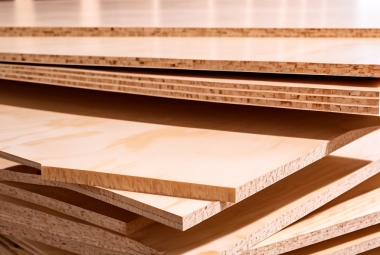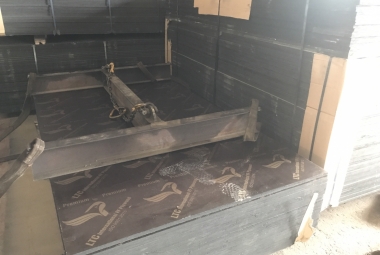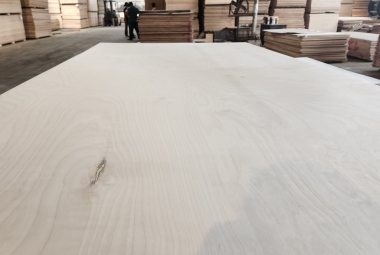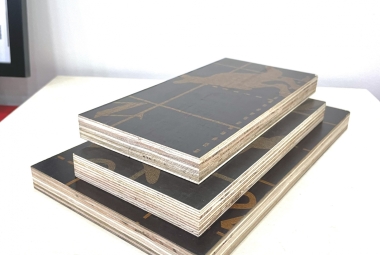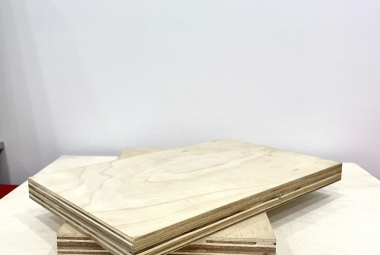Mastering the Art of Furniture Plywood Manufacturing: A Comprehensive Guide
Introduction:
Manufacturing furniture plywood is a meticulous process that transforms raw wood into a versatile and reliable material for crafting furniture. From selecting the right wood species to applying finishing touches, each step contributes to the quality and durability of the final product. In this comprehensive guide, we will delve into the intricate details of how furniture plywood is manufactured, shedding light on the art and craft behind this essential material.
1. Wood Selection
The journey begins with the careful selection of wood species. Hardwoods like birch, maple, and oak, as well as softwoods such as pine and cedar, are commonly chosen for their varying characteristics. Wood quality is paramount, as it determines the final strength, appearance, and longevity of the plywood.
2. Log Preparation
Once the ideal wood is chosen, it is cut into logs of appropriate length and diameter. These logs are then prepared for the peeling process, a crucial step in creating the thin veneers that form the layers of plywood.
3. Peeling Veneers
Precision is key during the peeling stage, where the logs are rotated against a blade or lathe to produce thin veneers. These veneers, often measuring between 1/30 to 1/50 of an inch in thickness, will later be the building blocks of the plywood.
4. Drying
Freshly peeled veneers contain excess moisture, and thorough drying is essential. This step ensures the plywood's stability, preventing warping and other issues that may arise from residual moisture.
5. Grading
Veneers are carefully graded based on their quality and sorted accordingly. High-quality veneers are designated for the face and back layers, ensuring an attractive appearance, while lower-quality veneers may be used for the core layers.
6. Gluing
Adhesive application is a critical step in plywood manufacturing. Urea-formaldehyde, phenol-formaldehyde, and melamine-formaldehyde are common adhesives used, each with its unique properties. The choice of adhesive depends on factors like intended use, environmental conditions, and regulatory requirements.
7. Layering
The graded and glued veneers are layered with alternating grain directions. This strategic arrangement enhances the plywood's strength and stability, making it suitable for a wide range of furniture applications.
8. Pressing
In a hydraulic press, the layered veneers undergo a combination of pressure and heat to bond them together and cure the adhesive. The duration of this process varies depending on factors such as the adhesive type and desired final product characteristics.
9.Veneer Surface application
Choose a high-quality wood veneer that matches the desired aesthetic and design requirements of the furniture piece. Consider factors such as grain pattern, color, and thickness.
Carefully place the wood veneer onto the adhesive-coated surface of the plywood substrate. Ensure proper alignment and smooth out any air bubbles or wrinkles using a veneer roller or flat object.
Leave the veneered plywood assembly undisturbed for the recommended curing time as per the adhesive manufacturer's instructions. This allows the adhesive to fully bond and set.
10. Trimming and Sanding
Post-pressing, the plywood sheets are trimmed to the desired size and sanded to achieve a smooth and even surface. This step ensures a polished appearance and prepares the material for further finishing.
11. Finishing
Depending on the intended use and aesthetic preferences, plywood may undergo additional finishing processes. Staining, painting, or applying protective coatings can enhance the plywood's appearance and performance, making it ready for its role in furniture manufacturing.
12. Quality Control
Throughout the entire manufacturing process, stringent quality control measures are implemented to ensure that the plywood meets the required standards for strength, durability, and appearance. This attention to detail is essential for producing a reliable and consistent product.
Conclusion:
In the world of furniture manufacturing, plywood stands as a testament to the harmonious marriage of craftsmanship and technology. From the meticulous selection of wood to the final finishing touches, every step plays a crucial role in creating a versatile and durable material that forms the backbone of countless furniture pieces. Understanding the intricacies of furniture plywood manufacturing sheds light on the craftsmanship that goes into creating the essential building blocks of our everyday surroundings.


